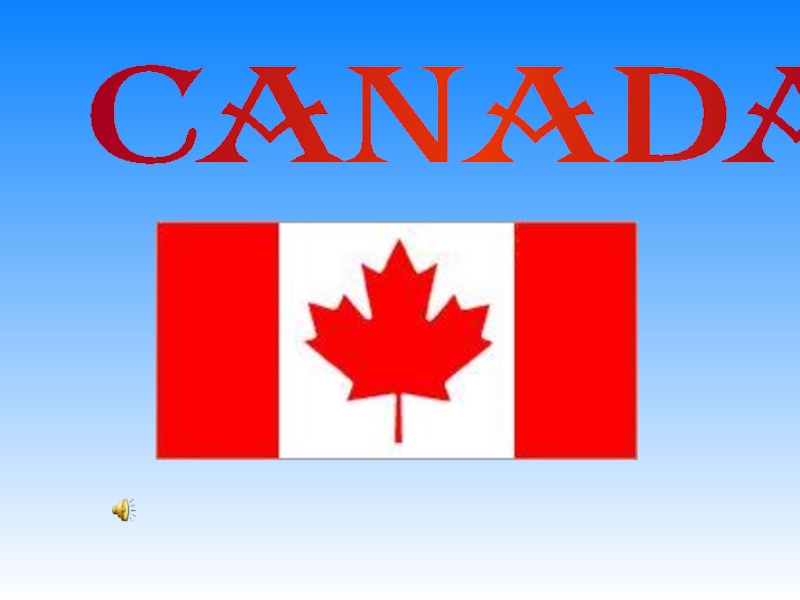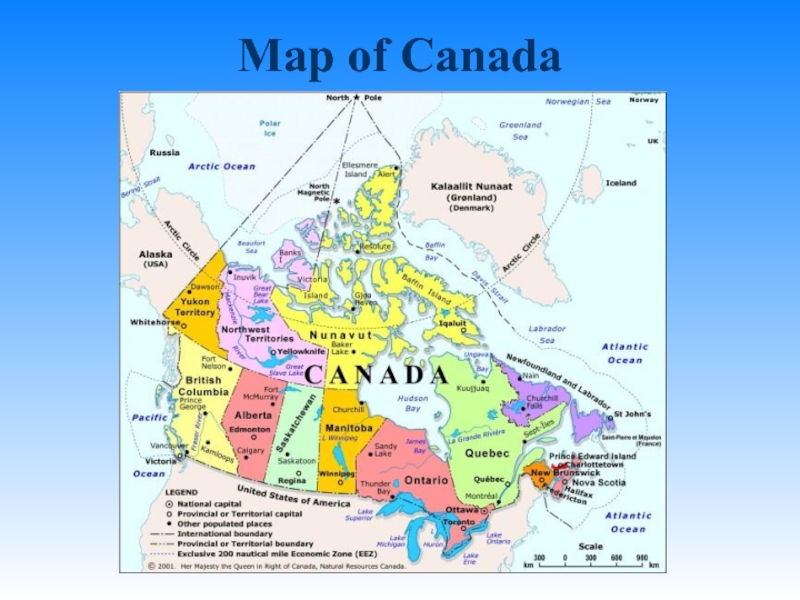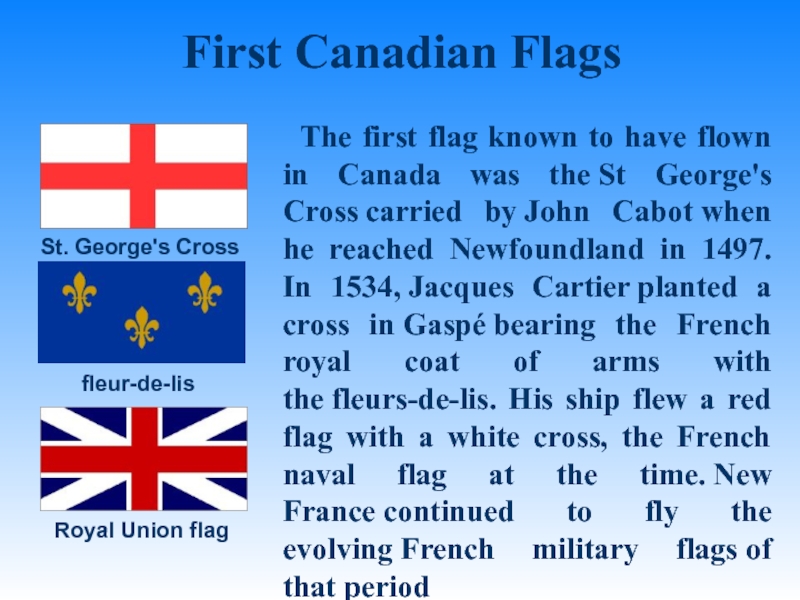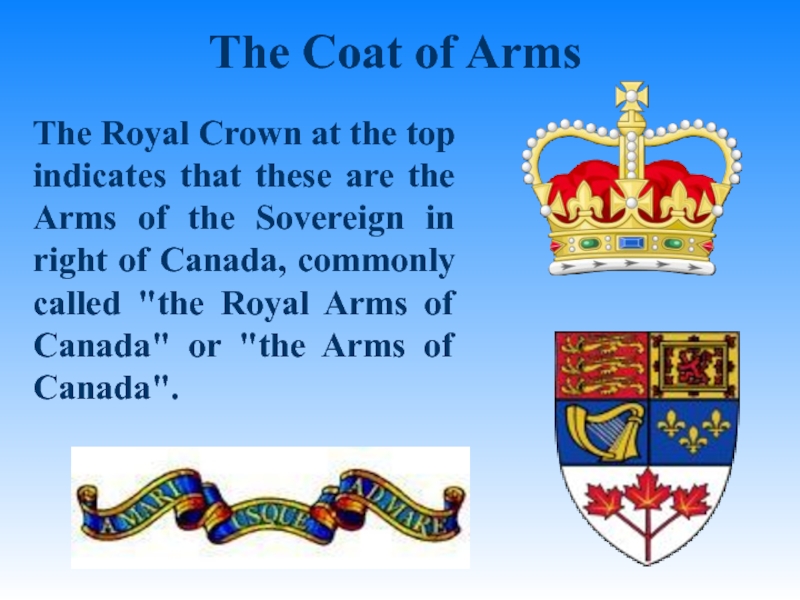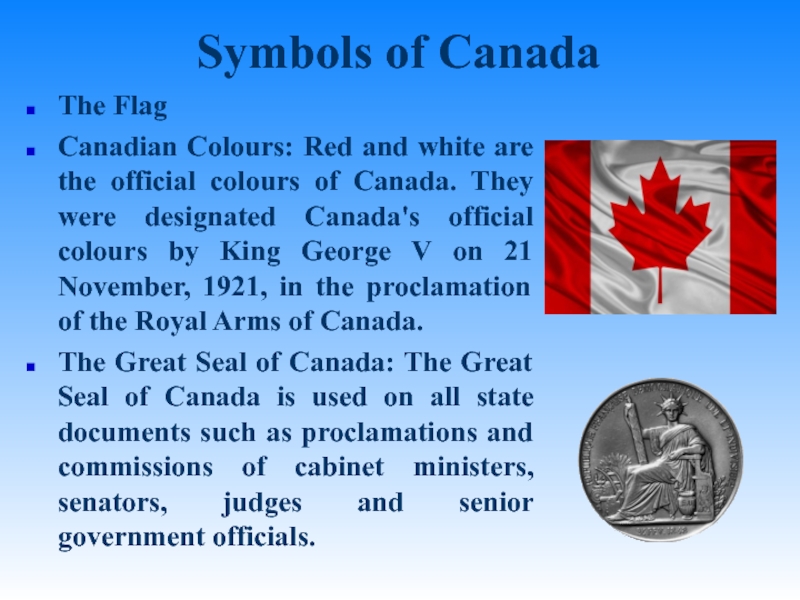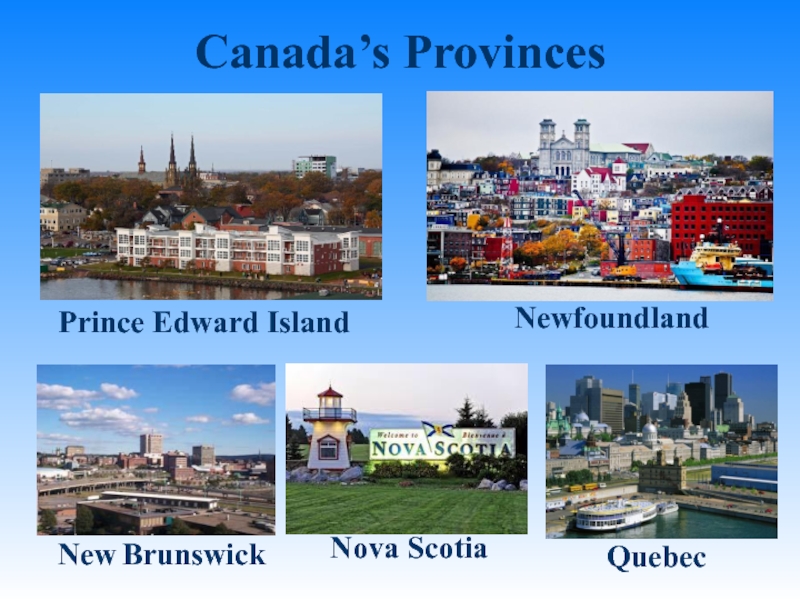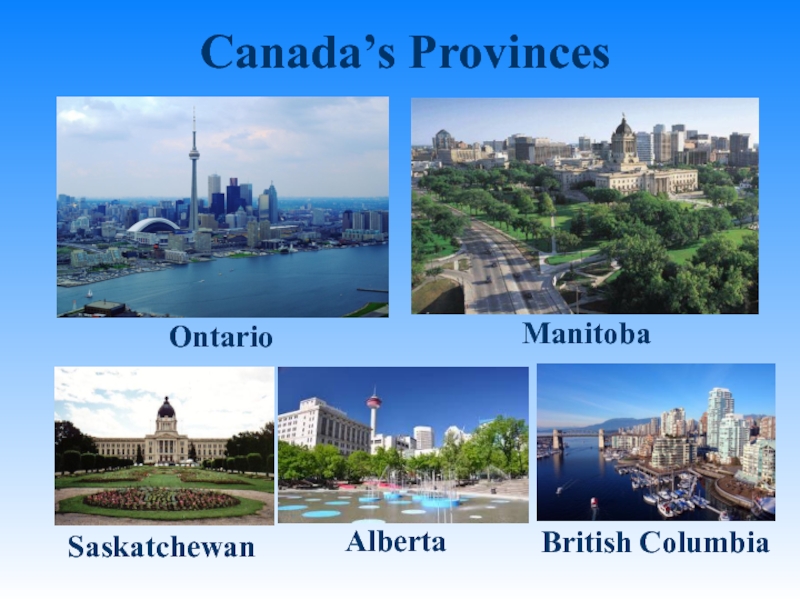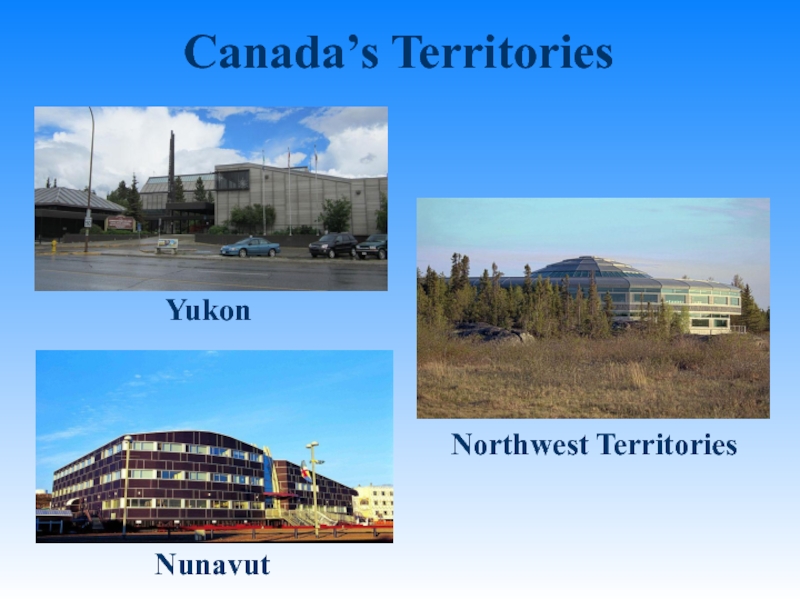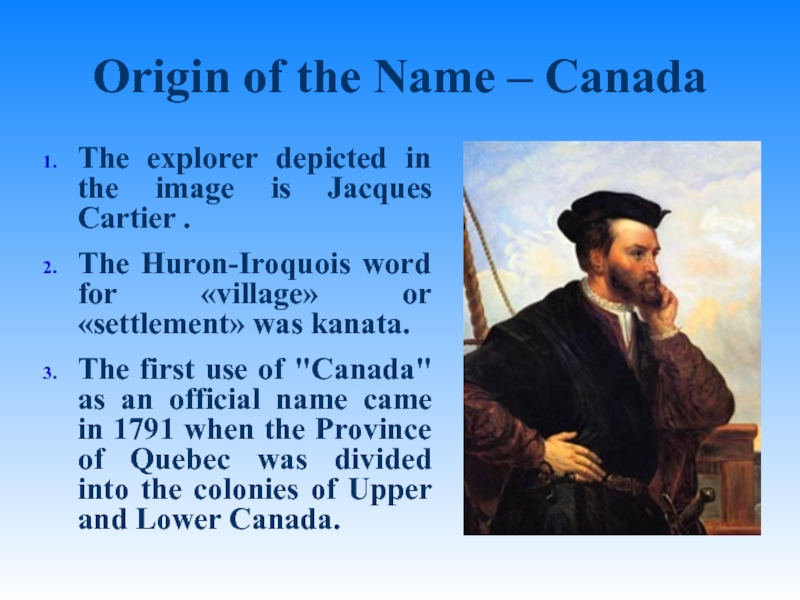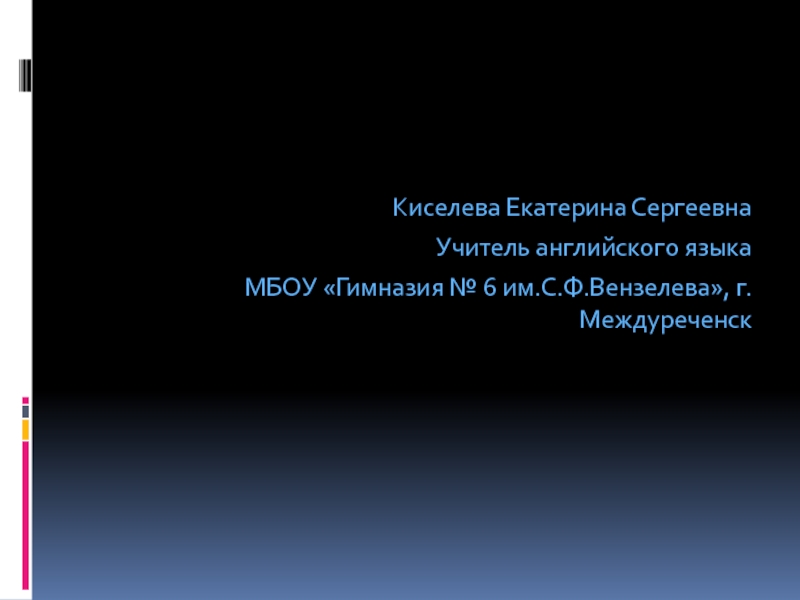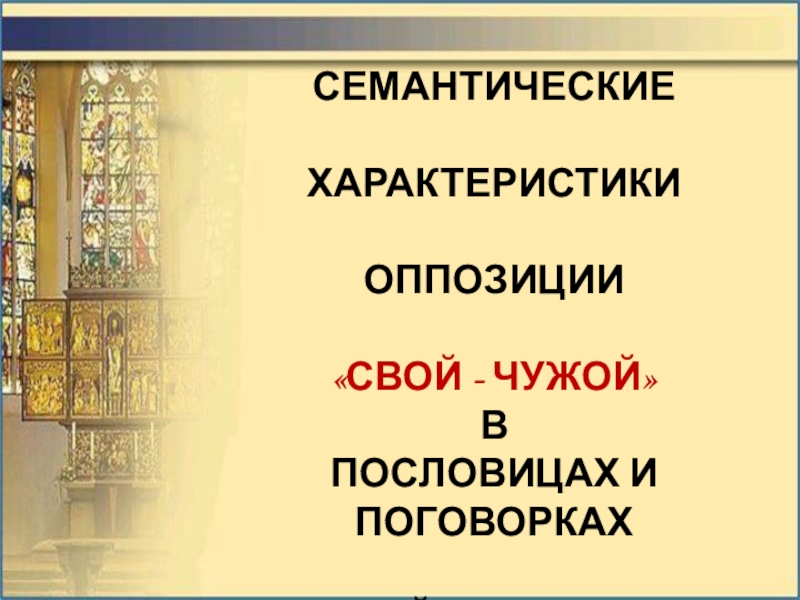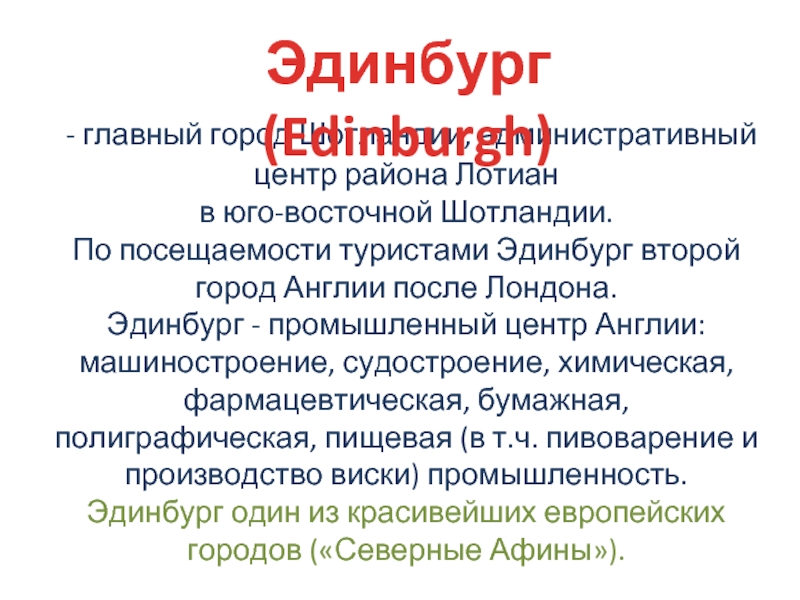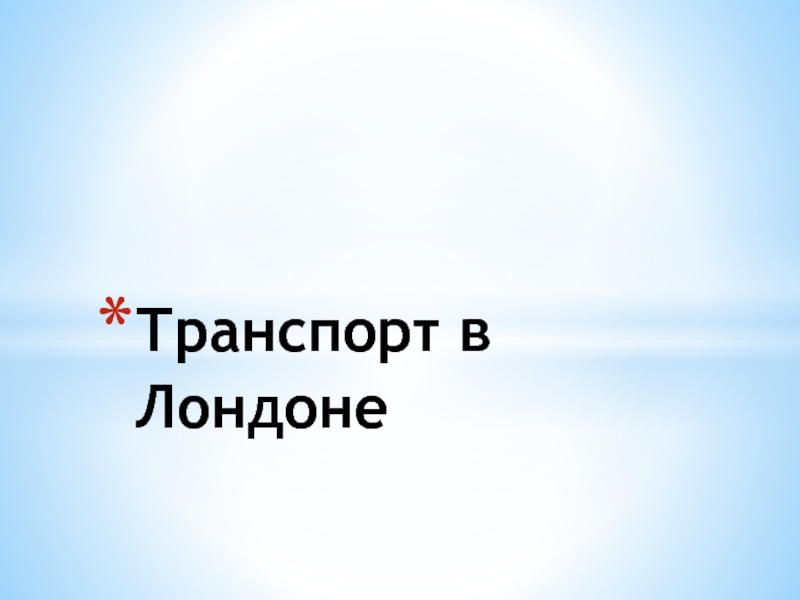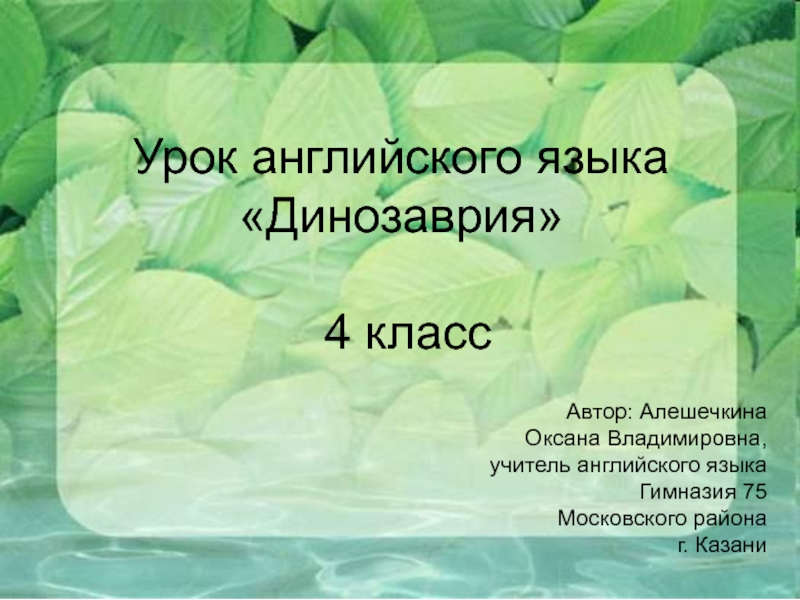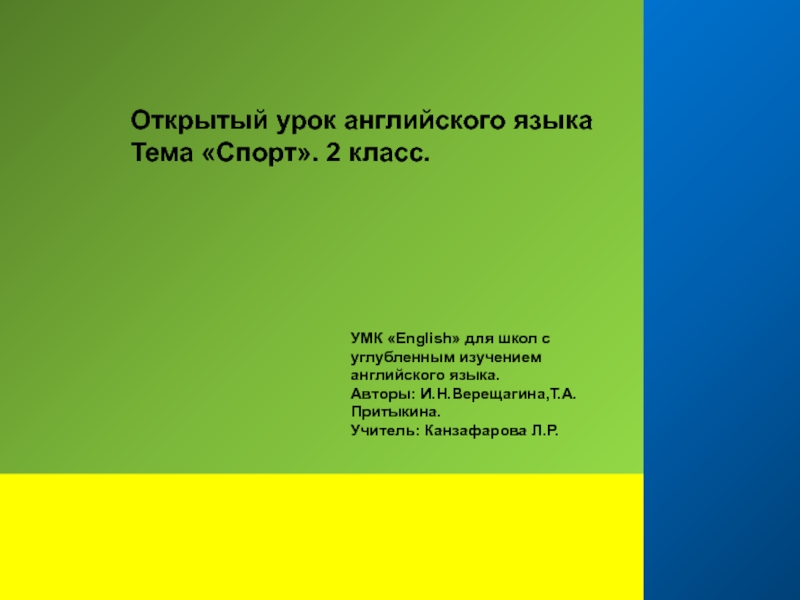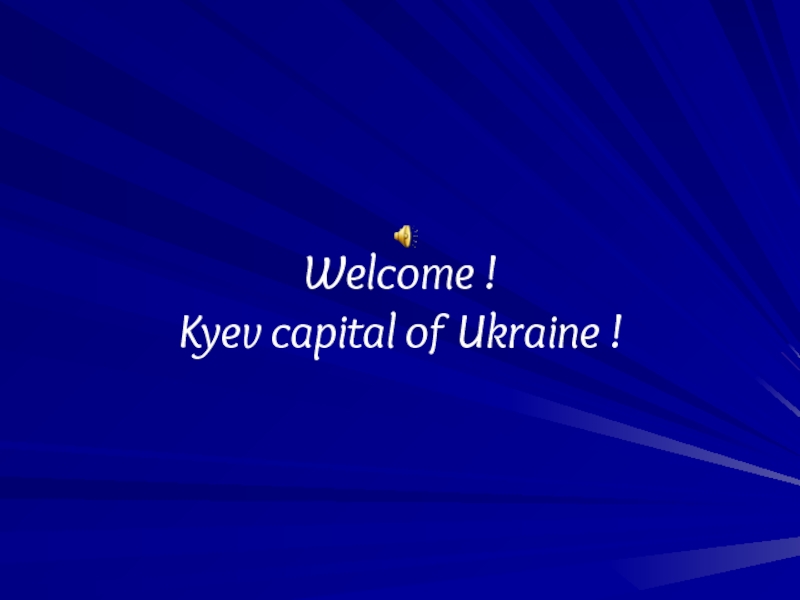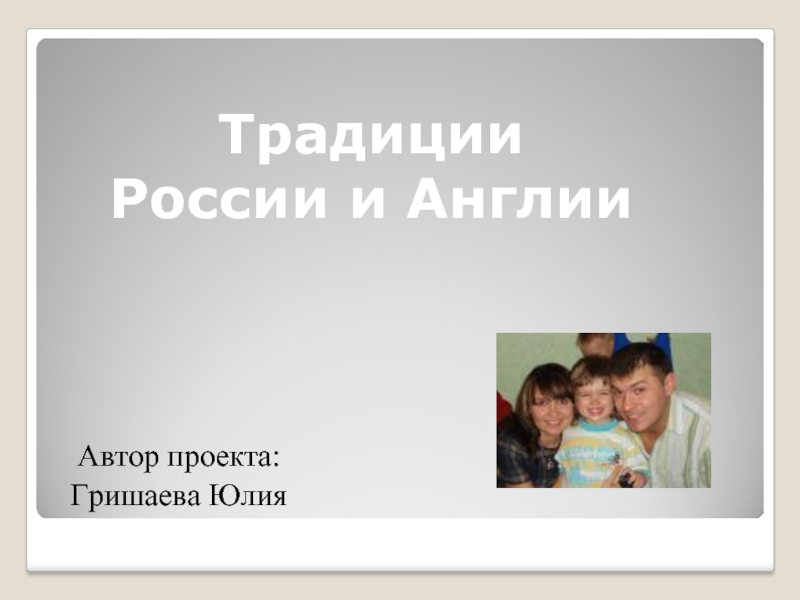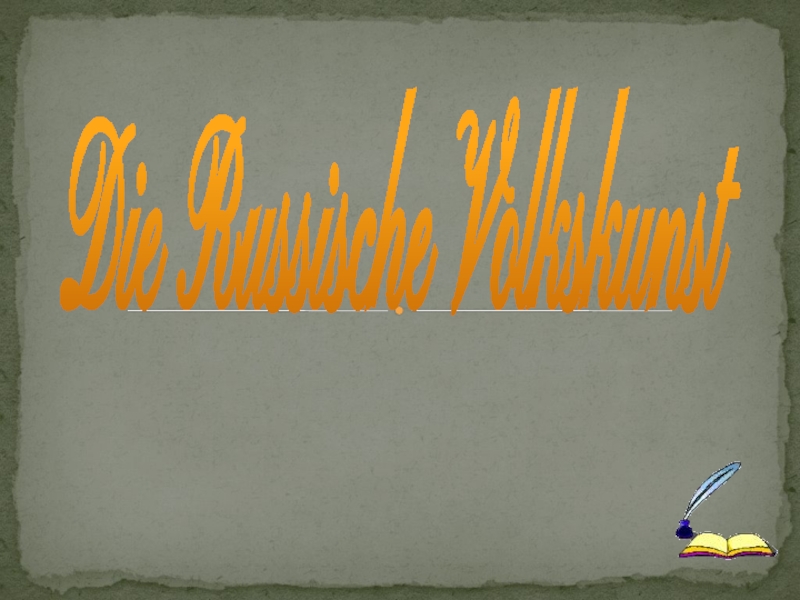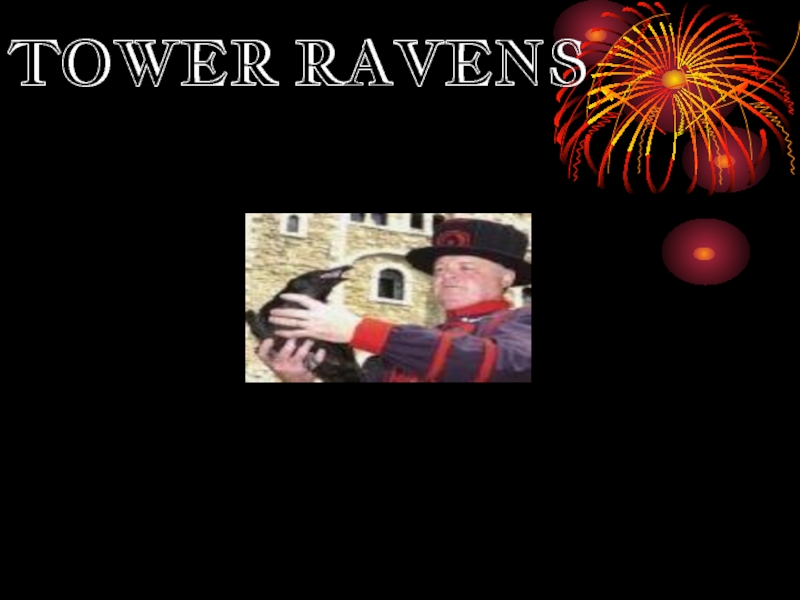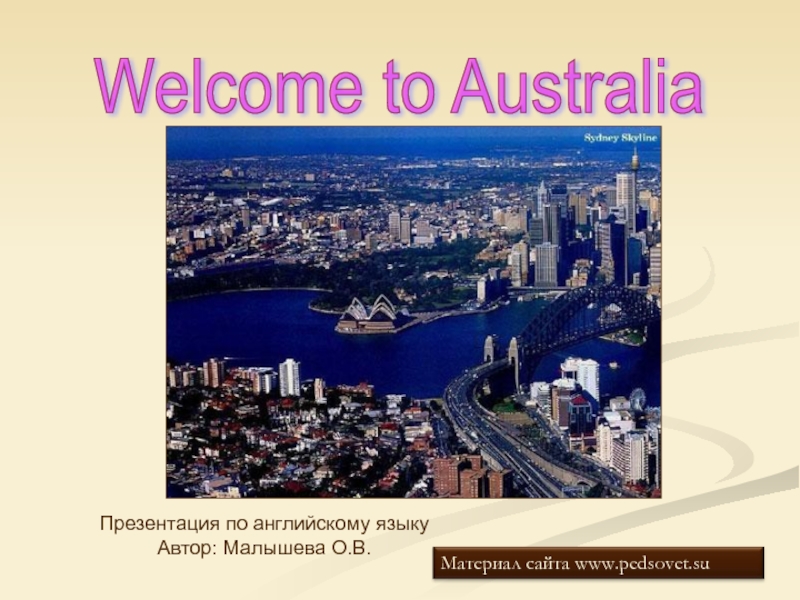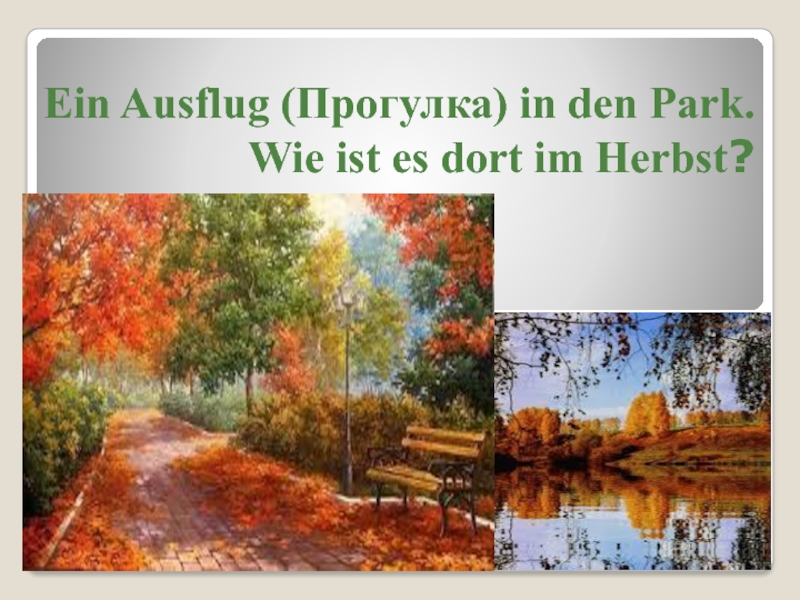Разделы презентаций
- Разное
- Английский язык
- Астрономия
- Алгебра
- Биология
- География
- Геометрия
- Детские презентации
- Информатика
- История
- Литература
- Математика
- Медицина
- Менеджмент
- Музыка
- МХК
- Немецкий язык
- ОБЖ
- Обществознание
- Окружающий мир
- Педагогика
- Русский язык
- Технология
- Физика
- Философия
- Химия
- Шаблоны, картинки для презентаций
- Экология
- Экономика
- Юриспруденция
Canada
Содержание
- 1. Canada
- 2. Map of Canada
- 3. Royal Union flagfleur-de-lis St. George's Cross First
- 4. Union Jack Red Ensign Maple LeafFirst Canadian
- 5. The Coat of ArmsThe arms of Canada
- 6. The Coat of ArmsOn the bottom portion
- 7. The Coat of ArmsThe Royal Crown at
- 8. Symbols of CanadaThe FlagCanadian Colours: Red and
- 9. Symbols of CanadaThe Maple Leaf and Tree:
- 10. New Brunswick Canada’s Provinces Newfoundland Prince Edward Island Nova ScotiaQuebec
- 11. Canada’s ProvincesOntarioManitoba SaskatchewanAlberta British Columbia
- 12. NunavutCanada’s TerritoriesYukon Northwest Territories
- 13. Origin of the Name – CanadaThe explorer
- 14. The Parliament BuildingThe Centre BlockThe House of CommonsThe Senate ChamberThe Library of Parliament
- 15. Thank You for Attention!
- 16. Скачать презентанцию
Map of Canada
Слайды и текст этой презентации
Слайд 4Union Jack
Red Ensign
Maple Leaf
First Canadian Flags
For nearly a century Canada had no distinctive national flag.
Each time Canadians suggested a new symbol to replace the Canadian Red Ensign, modeled after a British naval flag, there was controversy. Maple leaves, beavers, crosses, crowns — propositions that went nowhere. In 1964 Prime Minister Lester B. Pearson said he'd introduce a new national flag. But Opposition leader John Diefenbaker and the Royal Canadian Legion wanted to stick with the Red Ensign. Everyone had an opinion before Canada finally chose the red and white flag with the maple leaf.Слайд 5The Coat of Arms
The arms of Canada were adopted in
1921 by proclamation of King George V. In 1994, the arms
were augmented with a ribbon displaying the motto of the Order of Canada, DESIDERANTES MELIOREM PATRIAM (They desire a better country)The design of the arms of Canada reflects the royal symbols of the United Kingdom and France (the three lions of England, the lion of Scotland, thefleurs-de-lis of France and the rIish harp of Tara).
Слайд 6The Coat of Arms
On the bottom portion of the shield
is a sprig of three Canadian maple leaves representative of
Canadians of all origins. The coat of arms is supported by the lion of England holding the Royal Union Flag and the unicorn of Scotland carrying the flag of Royal France. The crest above the shield features a crowned lion holding a red maple leaf. At the base of the arms are the floral emblems associated with the Canadian Monarchy: the English rose, the Scottish thistle, the French lily and the Irish shamrock.Слайд 7The Coat of Arms
The Royal Crown at the top indicates
that these are the Arms of the Sovereign in right
of Canada, commonly called "the Royal Arms of Canada" or "the Arms of Canada".Слайд 8Symbols of Canada
The Flag
Canadian Colours: Red and white are the
official colours of Canada. They were designated Canada's official colours
by King George V on 21 November, 1921, in the proclamation of the Royal Arms of Canada.The Great Seal of Canada: The Great Seal of Canada is used on all state documents such as proclamations and commissions of cabinet ministers, senators, judges and senior government officials.
Слайд 9Symbols of Canada
The Maple Leaf and Tree: The maple leaf
is Canada's most prominent symbol, recognized as Canadian all around
the world. According to many historians, the maple leaf began to serve as a Canadian symbol as early as 1700. The maple tree was officially proclaimed the national arboreal emblem of Canada on 25 April, 1996.The Beaver
Слайд 13Origin of the Name – Canada
The explorer depicted in the
image is Jacques Cartier .
The Huron-Iroquois word for «village»
or «settlement» was kanata.The first use of "Canada" as an official name came in 1791 when the Province of Quebec was divided into the colonies of Upper and Lower Canada.
